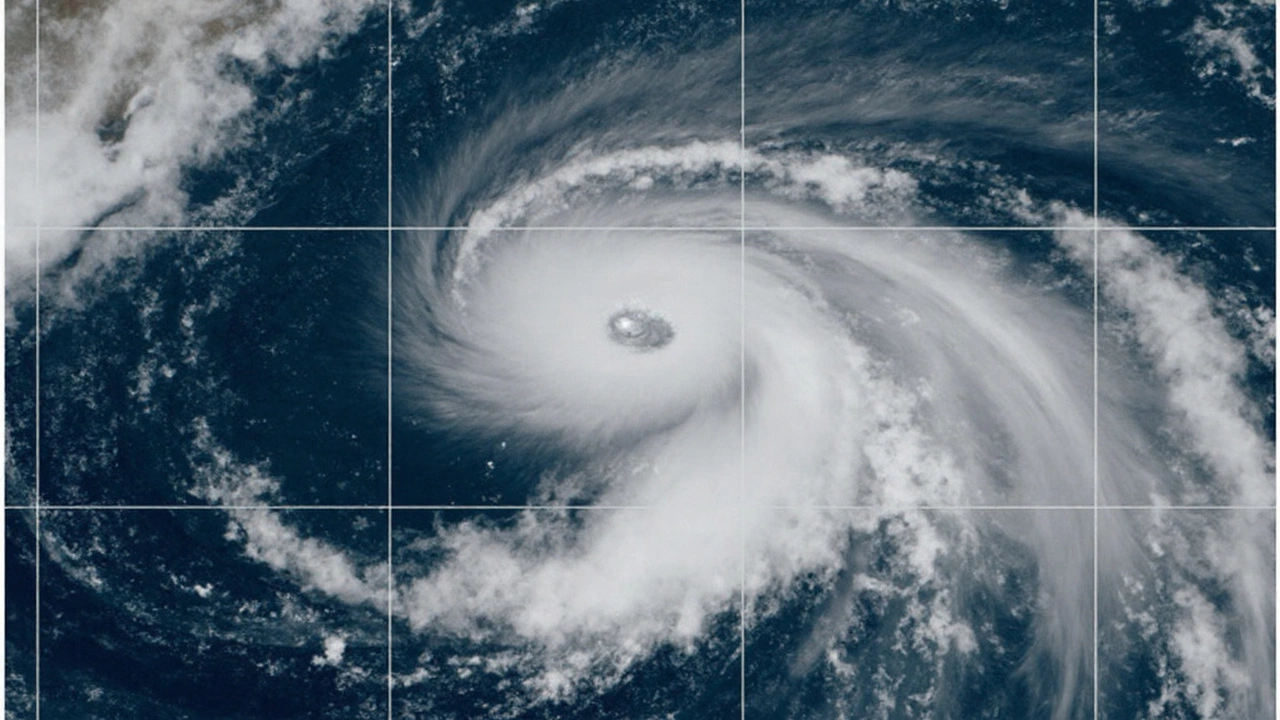Hurricane Gabrielle: Quick Guide to Stay Safe
Hurricane Gabrielle is gearing up in the Atlantic, and you probably have a ton of questions. Is it going to hit your area? How bad could the rain and wind get? What should you have ready right now? Below you’ll find straight‑forward answers and a checklist you can start using today.
Why Gabrielle Matters
Gabrielle isn’t just another name on the storm list. It’s already showing strong winds, fast‑moving rain bands, and a low pressure core that can cause flooding even miles from the coast. If you live near the Gulf, the Atlantic seaboard, or inland areas that funnel storm water, the risk is real. The biggest danger isn’t just the wind; it’s the surge of water that can turn a quiet street into a river in minutes.
What to Do Right Now
First, pull up the latest forecast on a trusted site like the National Hurricane Center. Keep an eye on the projected path for the next 48 hours – storms can shift quickly.
Next, grab a basic emergency kit. You only need a few things: bottled water (at least one gallon per person per day for three days), non‑perishable food, a flashlight, extra batteries, a portable phone charger, any prescription meds, and a few blankets. If you have pets, pack food and a carrier for them too.Don’t forget to protect your home. Tape over windows, move valuables off the floor, and clear gutters so rain can flow away instead of backing up. If you own a boat or have a vehicle that could be flooded, move it to higher ground if possible.
Lastly, set up a communication plan. Choose a meeting spot with family members in case power goes out, and make sure everyone knows how to reach each other. A simple group text thread works for most people.
Even if Gabrielle decides to veer away, having these steps in place will make any future storm easier to handle.
Staying Informed During the Storm
When Gabrielle gets closer, turn on a local radio or use a weather app that sends alerts. Don’t rely on social media alone – rumors spread fast, but official updates are more reliable.
If officials issue a shelter‑in‑place order, follow it. Staying inside keeps you out of wind‑blown debris and reduces the chance of getting caught in flash floods. If you’re told to evacuate, leave early. Roads can get jammed, and you’ll thank yourself for not waiting until the last minute.
Keep a battery‑powered radio handy, and note the nearest emergency shelters. Most counties list them on their websites, and they’re usually set up in schools or community centers.
After the Storm: What Comes Next
When the winds die down, you’ll want to check for damage before moving around too much. Look for broken branches, downed power lines, and standing water. If you see any danger, call local authorities – don’t try to fix it yourself.
Take photos of any damage for insurance claims. Most insurers ask for clear, timestamped images within a few days of the event.
Finally, give yourself time to recover. Clean up one room at a time, stay hydrated, and keep checking for mold in wet areas. A little patience now saves a lot of trouble later.
Hurricane Gabrielle may feel like an unwelcome guest, but with the right prep and a calm approach, you can protect yourself, your family, and your home. Stay informed, stay ready, and you’ll get through this storm just fine.
Hurricane Gabrielle Explodes to Category 4 as New Atlantic Storms Brew
- Thomas O'Reilly
- Sep 24 2025
- 0 Comments
The storm surged to Category 4 strength with 140‑mph winds east‑southeast of Bermuda after a rapid intensification phase. Originating from an African tropical wave, it has maintained its power while heading east‑northeast. Forecasters also note two fresh tropical disturbances forming behind it, raising U.S. landfall concerns as October nears.
View More
